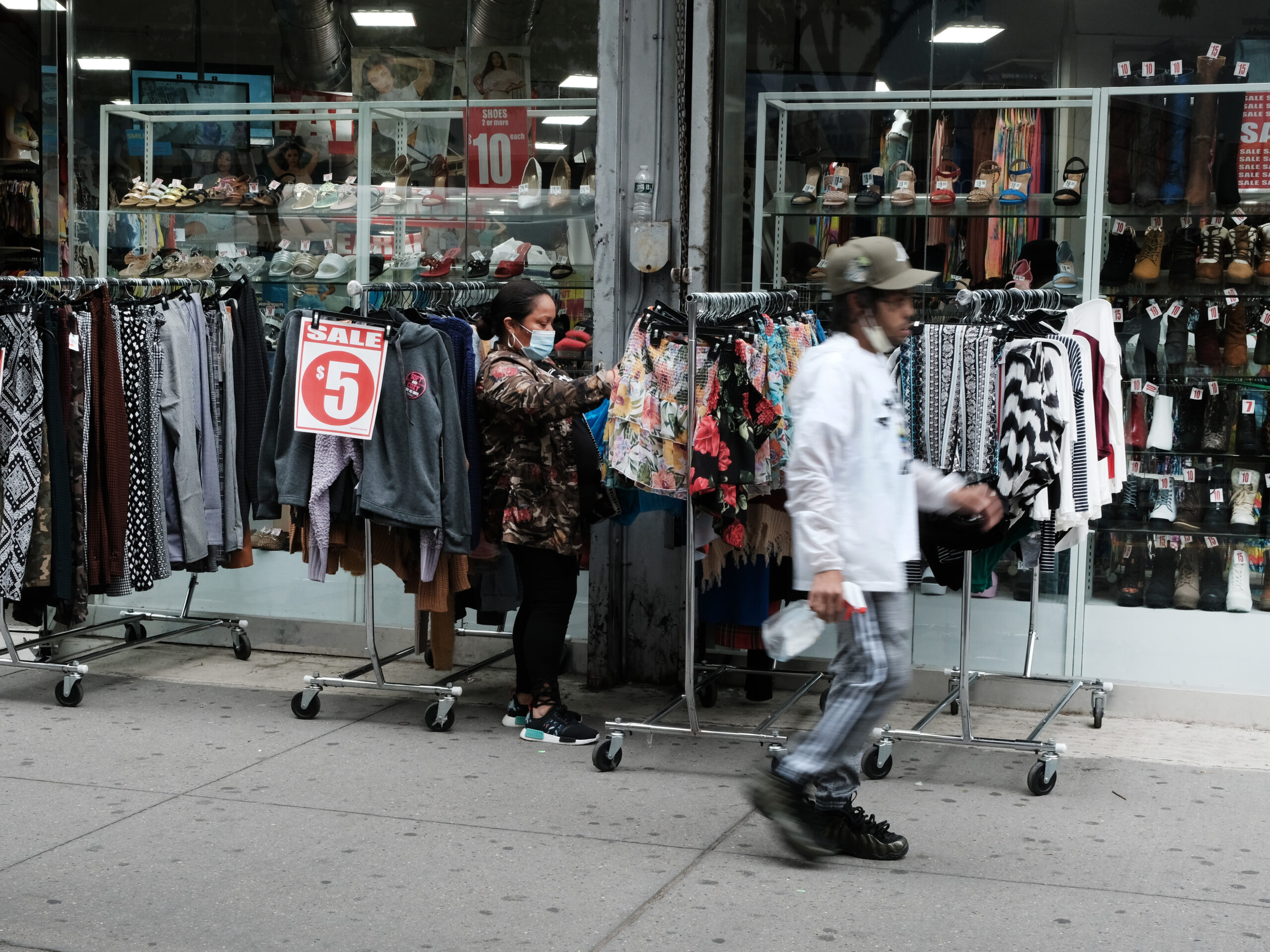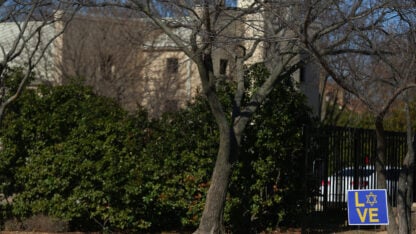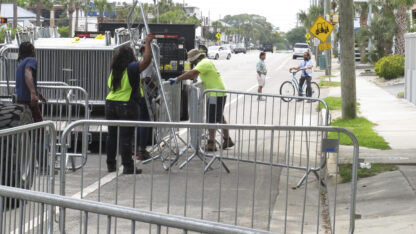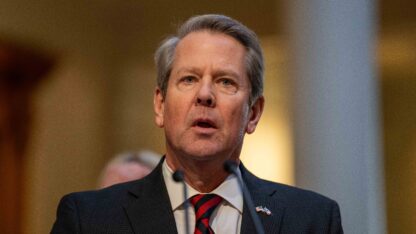Poverty Declined In 2020, The Result Of Government Aid, Census Bureau Reports

NEW YORK, NEW YORK – MAY 03: People shop in downtown Brooklyn on May 03, 2021 in New York City. Businesses in the building, service, hospitality and retail sectors are seeing solid growth as the U.S. economy surges out of the Covid-19 slowdown. According to the Commerce Department, the economy grew at an annual rate … Continued
Spencer Platt / Getty Images
Poverty in the United States fell last year, even amid the impact of the pandemic, due to government aid, including relief payments and unemployment insurance. That’s according to new data just released by the U.S. Census Bureau.
The Supplemental Poverty Measure rate in 2020 was 9.1%, 2.6 percentage points lower than that rate in 2019.
Relief payments moved 11.7 million people from poverty, according to the Census data, and unemployment insurance benefits kept 5.5 million people from falling into poverty.
The official poverty rate was 11.4%, up 1.0 percentage point from 2019. But that official rate does not include many types of government aid, including stimulus checks, though it does include unemployment insurance.
The Supplemental Poverty Measure, or SPM, also incorporates regional differences in housing, food and utility costs. It reflects post-tax income and serves as an alternative measure of poverty and economic well-being.
“I think this really shows the importance of the social safety net,” said Liana Fox, chief of the poverty statistics branch in the Social, Economic and Housing Statistics Division at the Census Bureau. “When we see differences in trends with the official poverty rate and the SPM … that’s really the impact of our tax system, that’s the impact of our noncash benefits.”
Median household income dropped by 2.9% last year, from $69,560 in 2019 to $67,521 in 2020. Incomes in the Midwest, South and West were most affected.
9(MDAxODM0MDY4MDEyMTY4NDA3MzI3YjkzMw004))








